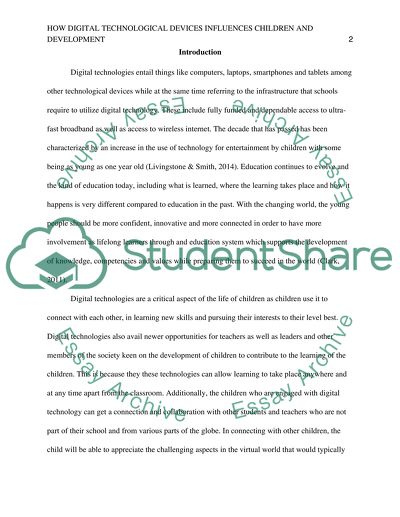Cite this document
(“How digital technological devices influences children's Research Paper”, n.d.)
How digital technological devices influences children's Research Paper. Retrieved from https://studentshare.org/psychology/1683558-how-digital-technological-devices-influences-childrenaposs-development
How digital technological devices influences children's Research Paper. Retrieved from https://studentshare.org/psychology/1683558-how-digital-technological-devices-influences-childrenaposs-development
(How Digital Technological Devices Influences children'S Research Paper)
How Digital Technological Devices Influences children'S Research Paper. https://studentshare.org/psychology/1683558-how-digital-technological-devices-influences-childrenaposs-development.
How Digital Technological Devices Influences children'S Research Paper. https://studentshare.org/psychology/1683558-how-digital-technological-devices-influences-childrenaposs-development.
“How Digital Technological Devices Influences children'S Research Paper”, n.d. https://studentshare.org/psychology/1683558-how-digital-technological-devices-influences-childrenaposs-development.


